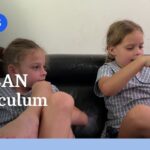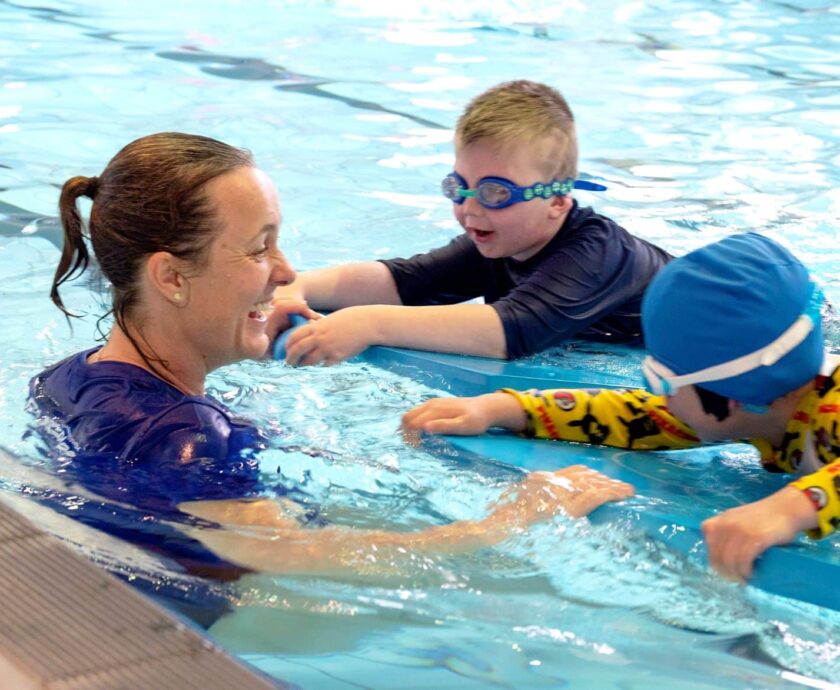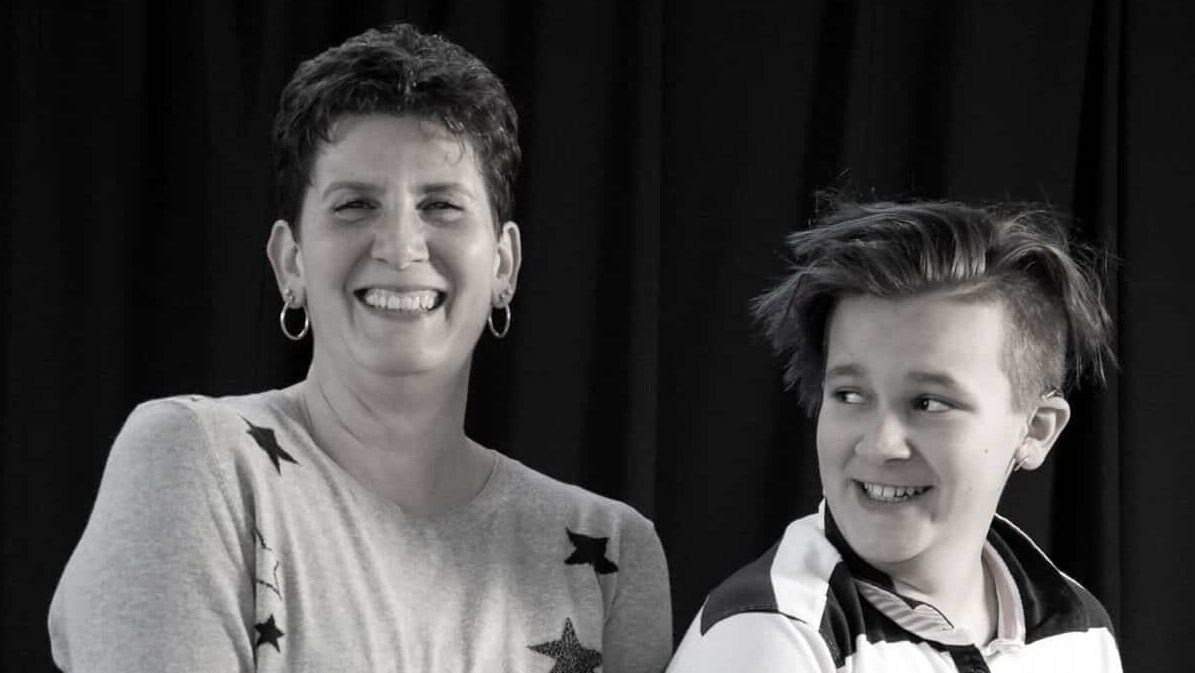The Australian Open is more than just a world-class tennis tournament – it’s a celebration of skill, determination, and inclusivity. Every year, it brings together players and fans from all walks of life, showcasing the very best in the sport. But for deaf and hard of hearing children, the Australian Open also represents something even greater: a glimpse into a future where the courts are accessible to all.
All Abilities Day: A game-changer
This year, Deaf Children Australia (DCA) was proud to take part in All Abilities Day at the Australian Open, thanks to Tennis Victoria. Ten deaf and hardofhearing children, along with their families, had the incredible opportunity to experience the excitement of the tournament in an accessible and inclusive way.
Guided by Laura and Precious from DCA, the children took part in the Kids on Court experience, stepping onto the same courts where tennis legends compete. Despite the summer heat, they showcased their skills, engaged with the sport, and most importantly, had a fantastic time.
With Auslan interpreters accompanying the group, communication barriers were broken down, ensuring that the children and their families could fully enjoy and participate in the day’s activities. Events like these send a powerful message: sport is for everyone.
The challenges and opportunities for deaf athletes
Tennis, like many sports, has traditionally been designed for hearing athletes. Elements such as verbal coaching, line calls, and on-court communication can create barriers for deaf and hardofhearing players. But with the right support, such as visual coaching methods, inclusive training programs, and the presence of Auslan interpreters, these challenges can be overcome.
Thankfully, Australian tennis is becoming more inclusive. Initiatives that promote accessibility continue to be developed, from training coaches in inclusive methods to ensuring facilities cater to players of all abilities. As these efforts expand, the pathway for deaf athletes to progress in the sport becomes clearer.
A future of possibilities
While we have yet to see a deaf athlete compete at the Australian Open’s highest level, the growing presence of deaf players in local and national competitions signals a promising future. Role models in Australian sport, like Dylan Alcott, have paved the way for greater inclusivity, proving that with the right support, barriers can be broken.
For deaf children, representation matters. Seeing athletes with similar experiences thrive in sport can be a powerful motivator. That’s why continued advocacy, investment in inclusive coaching, and events like All Abilities Day are so important. They remind us that every child, regardless of their hearing ability, deserves the chance to dream big, pick up a racquet, and step onto the court.
With the right support and opportunities, the next generation of deaf or hard of hearing tennis champions may already be on their way.







